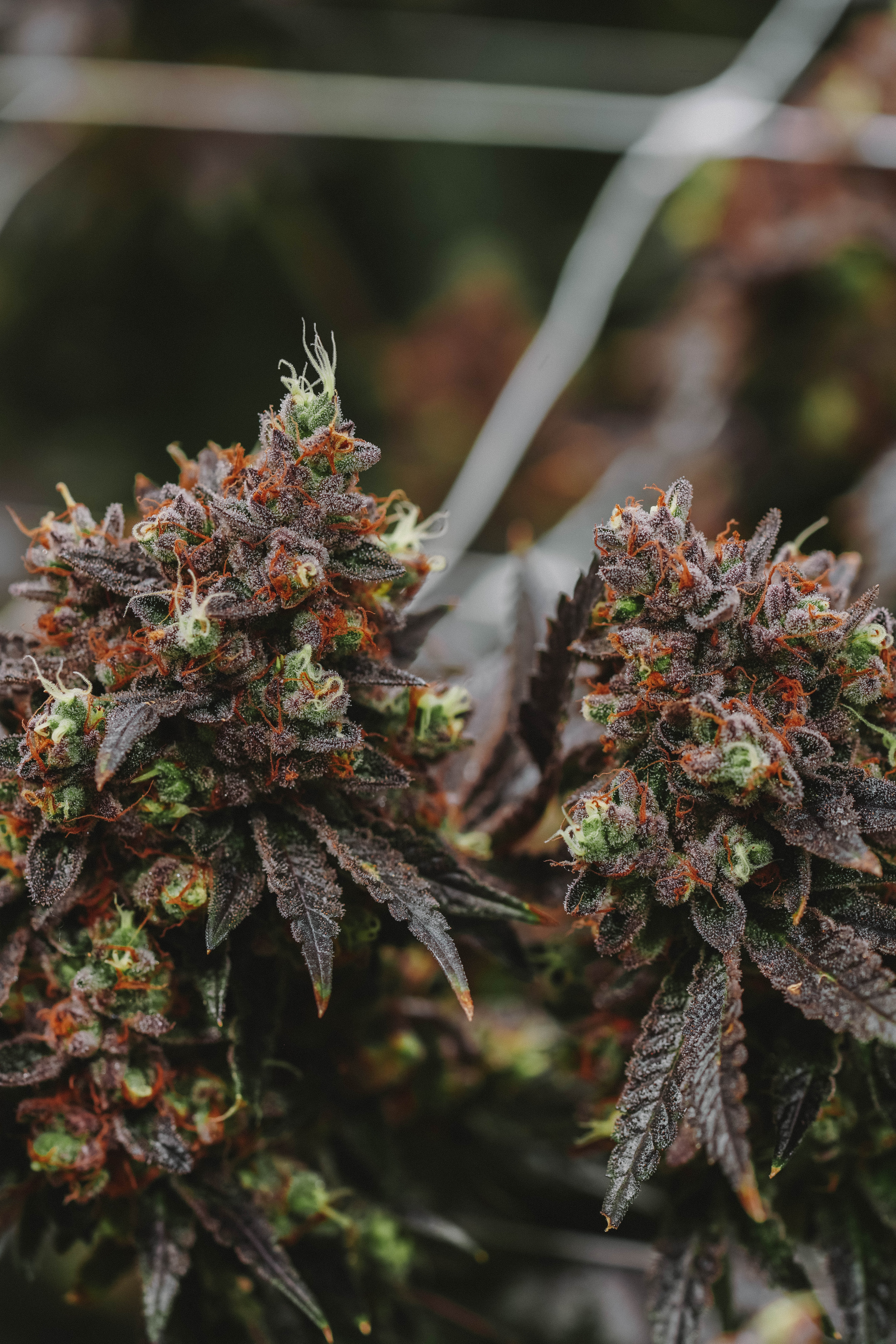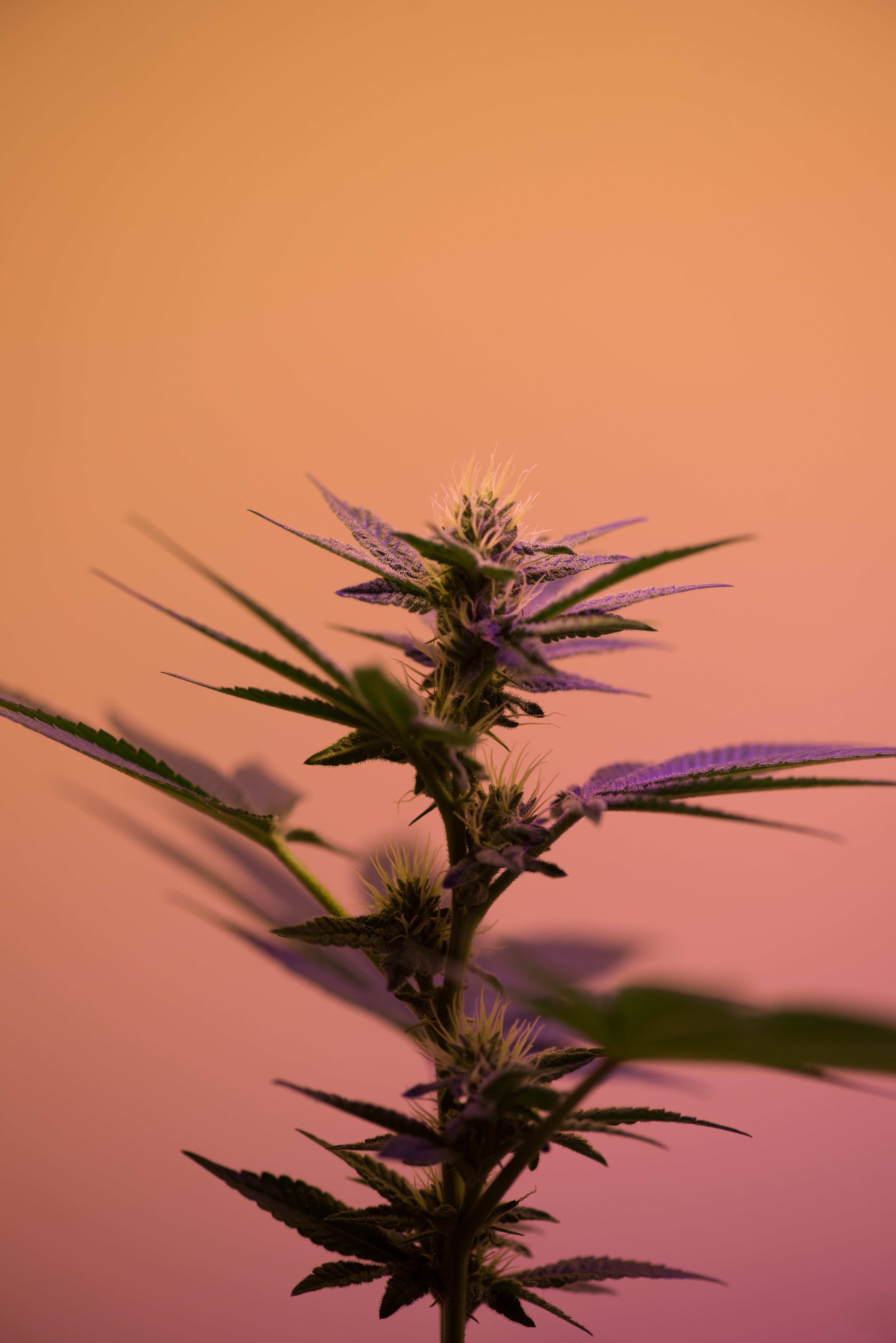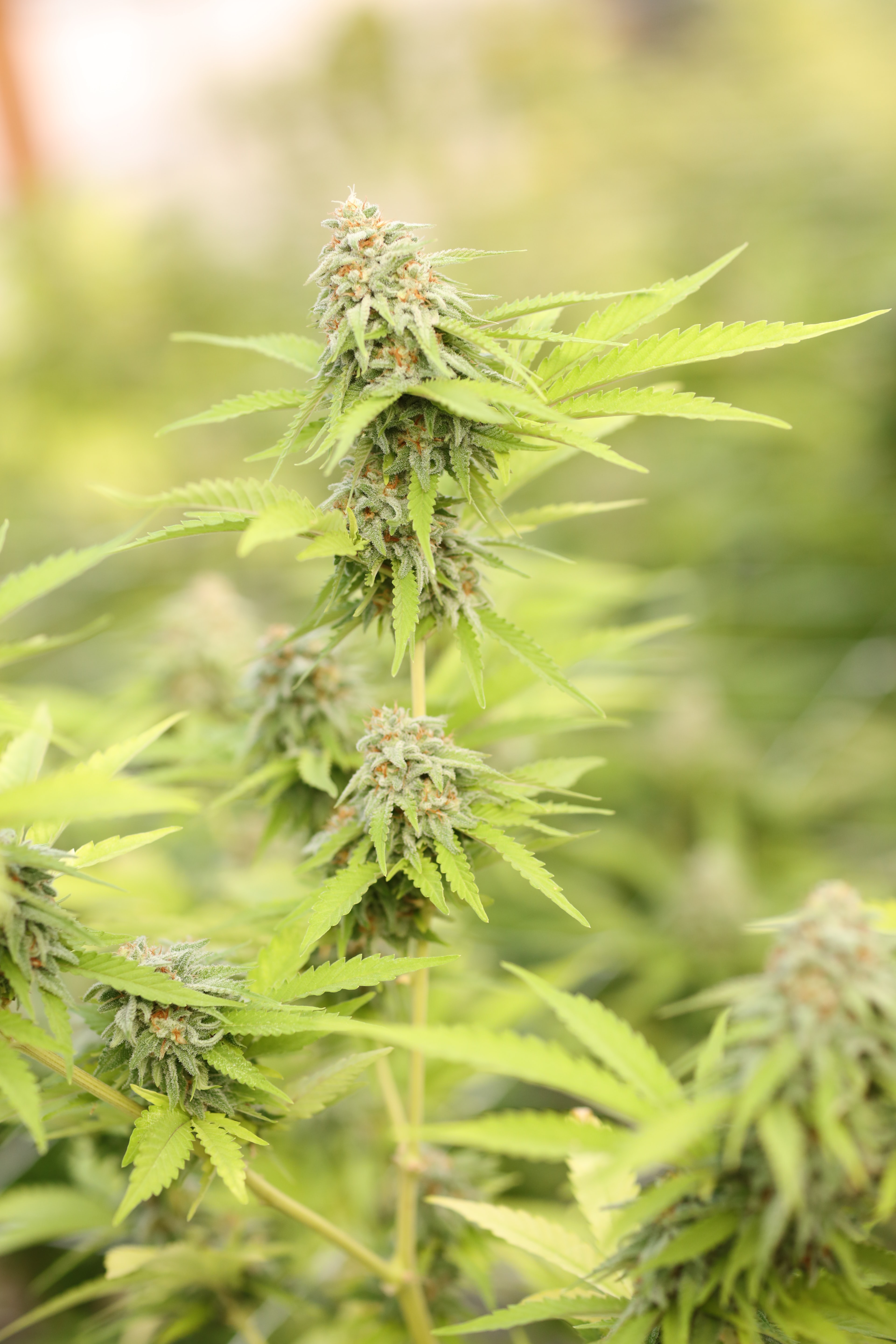Reviewing air quality impacts of cannabis cultivation facilities

Davi Monticelli, Naomi Zimmerman
With the legalization of cannabis for medicinal and recreational purposes in many districts around the globe, the cannabis industry is expected to expand. This expansion implies in an increase of the number of facilities and their size. In countries like Canada, for instance, since approval of cannabis at a federal level, there was an 8-fold increase in legal cannabis stores. However, the environmental impacts of cannabis cultivation are not fully understood, and the time to address them is now, before industry practices become fixed and regulations or mitigation strategies become difficult to implement.
One area of particular emphasis is impacts on air quality. Davi de Ferreyro Monticelli, a PhD student in Atmospheric Sciences at EOAS, led a new study to address knowledge gaps in cannabis cultivation facility (CCF) from emissions to health impacts, encompassing the full scope of an air quality assessment.
We knew beforehand that cannabis cultivation was associated with the emission of biogenic volatile organic compounds (BVOCs) and odour. Thus, the initial studies reviewed addressed (“cannabis” or “cannabis cultivation”) and (“voc” or “odour”). Further on, the research developed into 1) indoor or outdoor cultivation emissions, 2) monitoring or modeling of cannabis air quality impacts, 3) health effects at the occupational or community level, and 4) life cycle assessment of cannabis cultivation.
The main result of the critical review was to pinpoint our knowledge on this industry atmospheric emissions, and why and how to mitigate them. "The most surprising fact for me was how much variation in BVOC content one can find by measuring the air quality indoors and outdoors of cannabis cultivation facilities,” says Davi. For this and other reasons, emission inventories are still at the early stages of development. In Metro Vancouver, the emission estimations range from 15 tVOC.y-1 to 2083 tVOC.y-1depending on the use of lowest or highest values for all input variables such as emission factor, estimated growing area and time. Industry, academia, and regulators should work in parallel to reduce such uncertainty.



Different strains of cannabis plants (Credit: Unsplash)
Another aspect of emissions is odour. Studies indicate that cannabis odorous emissions can be traced to terpenes and volatile sulfurous compounds (VSCs). Between them, terpenes received more attention in the literature, but recent studies suggest that VSCs could have equal to higher contribution to cannabis aroma. When comparing the odor concentration emitted by livestock operations, we estimated that a facility that cultivates 1700 plants has an odour contribution (800 OU.s-1) similar to a livestock operation of 30 pigs or 1600 poultry. Interestingly, one facility with equal capacity and emissions controls (1700 plants) reduced their emissions by about 75% (200 OU.s-1).
“What I like the most about the project is the opportunity of conducting research that addresses some of the gaps we found in the literature and thus advance our knowledge about this industry at a time where changes can be highly impactful,” says Davi. He and his co-authors identified 16 opportunities to be explored by the industry, regulators, and academics. Those include improving emission inventories and understanding of the photochemical mechanisms by which emitted compounds go through once in the atmosphere. These gaps provide a way forward in terms of monitoring and modelling the impacts of emissions from cannabis cultivation facilities. In this sense, our review can be used by stakeholders to design air quality assessment studies and set priorities.
Learn more about the study on UBC News: https://news.ubc.ca/2022/02/15/investigating-the-skunk-smell-and-other-emissions-caused-by-cannabis-production/
Check out other media coverage: https://acs.altmetric.com/details/122788293/news
To read the critical review: https://pubs.acs.org/doi/10.1021/acs.est.1c06372